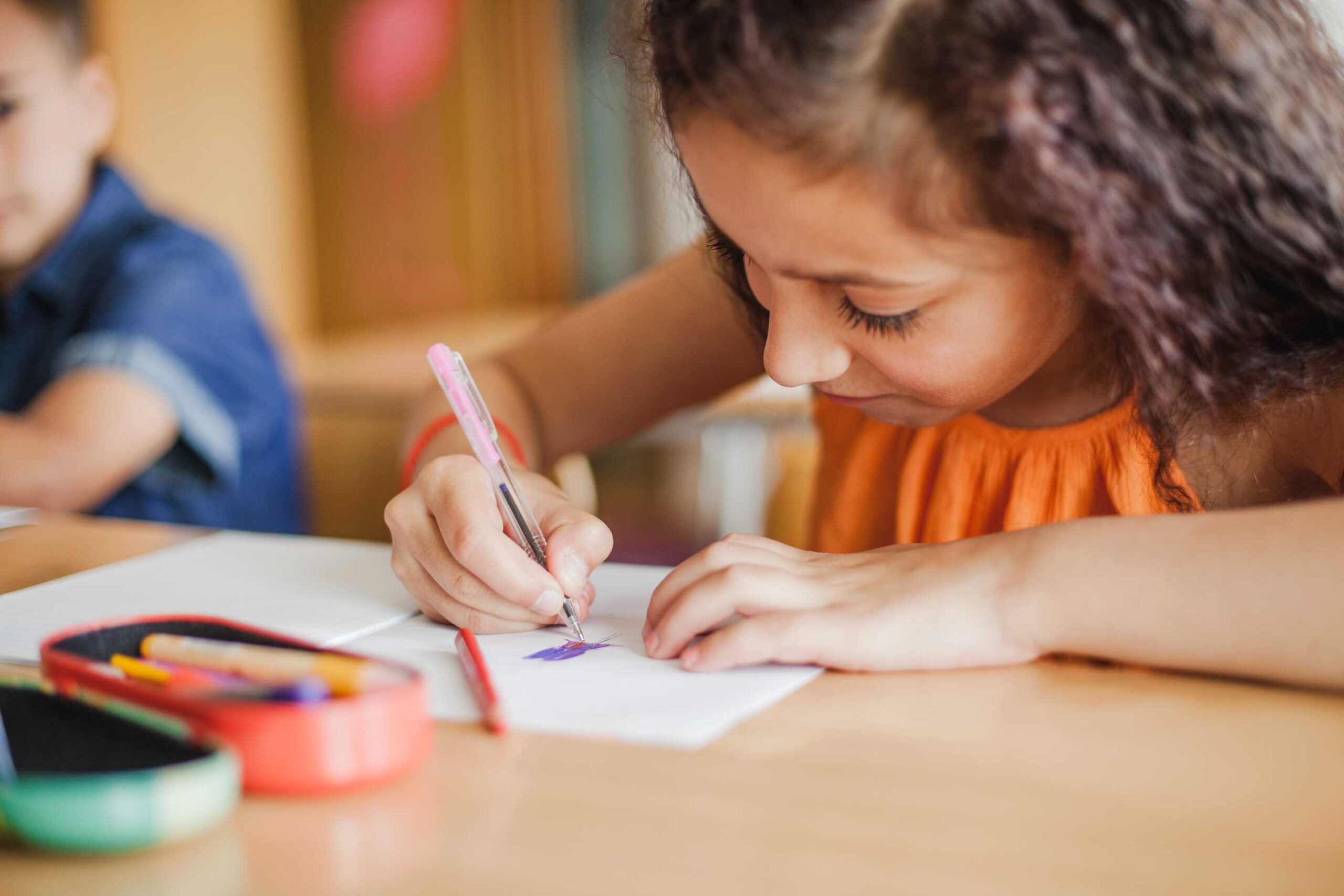Did you know that toys are an integral part of your child’s development? Most often you look at the number of toys your child has and decide not to buy them anymore. Or you could buy the toy your child is asking for, without realising if the toy has any educational value. Toys play an important role in the developmental milestones that are integral to every child’s development. You may not always want to buy your child a toy with an educational value, but buy them a toy they like. Doing so is not a problem, however, the more toys your child has whilst reaching their developmental needs enables them to reach their full potential. It could be a simple toy that aids in developing your child’s cognition or a STEM (science, technology, engineering and math) project that has complex principles; however, the end goal is for your child to enjoy their session whilst exploring the world around them
The what and the how around toys and development:
- Set limits to electric toys: Electric gadgets are part of every child’s development today. These could include a Play station, Game boy, iPads. It is key to set a time limit for the electric gadgets, as this hinders the attention and cognitive development of your child
- Keep it simple to bring out their creativity: Allow the children to explore their creative side, you could give them a simple object and see how your child manipulates the object. For example: Give your child a cardboard box and see what your child turns it into.
The kind of toys for each age range are mentioned below:
| Age | Age appropriate toys | Area of Development |
|---|---|---|
| 1 – 2 years | Stacking rings Nesting cups or boxes Push/pull-toys which makes noise Pop up toys or those that move Hammering sets with pegs or balls through holes Simple, sturdy musical instruments like xylophone, drums etc.Vehicles with different sounds/music Shape sorters Ride-on toys and tricycles Rubber ducks or toy boats for bath time | Fine Motor Gross Motor Listening and attention |
| 2 – 4 years | Dolls and stuffed animals Props for make-believe play, such as toy telephone, a tea-party set, a toy kitchen etc. Cause and effect toys – with music and flashing lights (with buttons that the child needs to press in order to play a tune) Large transportation toys with buttons to make a horn honk or a siren whistle Puzzles or form boards Construction toys that snap together (Blocks, vegetable toys) Bicycles with training wheels |
Fine Motor Gross Motor Language/ Speech Imagination Cognitive development |
| 4 – 6 years | Art supplies and craft kits Blocks of different shapes/colours Electronic phonics/musical toys Construction sets with large pieces (Legos) Puzzles of greater complexity Action figures Dress-up clothes Transportation toys, such as parking garages, airports, and train stations Board games that don’t require reading, such as Hungry Hippos, Balls (Football/ Basketball etc.) Bicycles with training wheels | Fine Motor Gross Motor Language/ Speech Imagination Cognitive development |
| 6 – 7 years | Remote-control cars Basic science kits Magnets, magnifying glasses, and telescopes Construction sets, such as Legos Sports equipment Board games that involve strategy, including chess and checkers | Hand eye coordination Perceptual and logical reasoning Pretend play Problem solving |
Note: The above mentioned toys are subjective to the child’s development as each child develops
differently and as a parent your judgement is critical while choosing toys for your child
As a parent, never underestimate the role you play in helping your child decide what toys they choose. For example: If you pick up the phone and place it in front of your child during a meal, your child is more likely to always use your phone while having a meal. Your child watches every move of yours.
Toys are an integral part of your child’s development, however, it’s your involvement/intervention that nurtures that growth of your child.
References:
- Parents. 2015. Age-By-Age Guide To Toys. [online] Available at [Accessed 27 October 2020]













